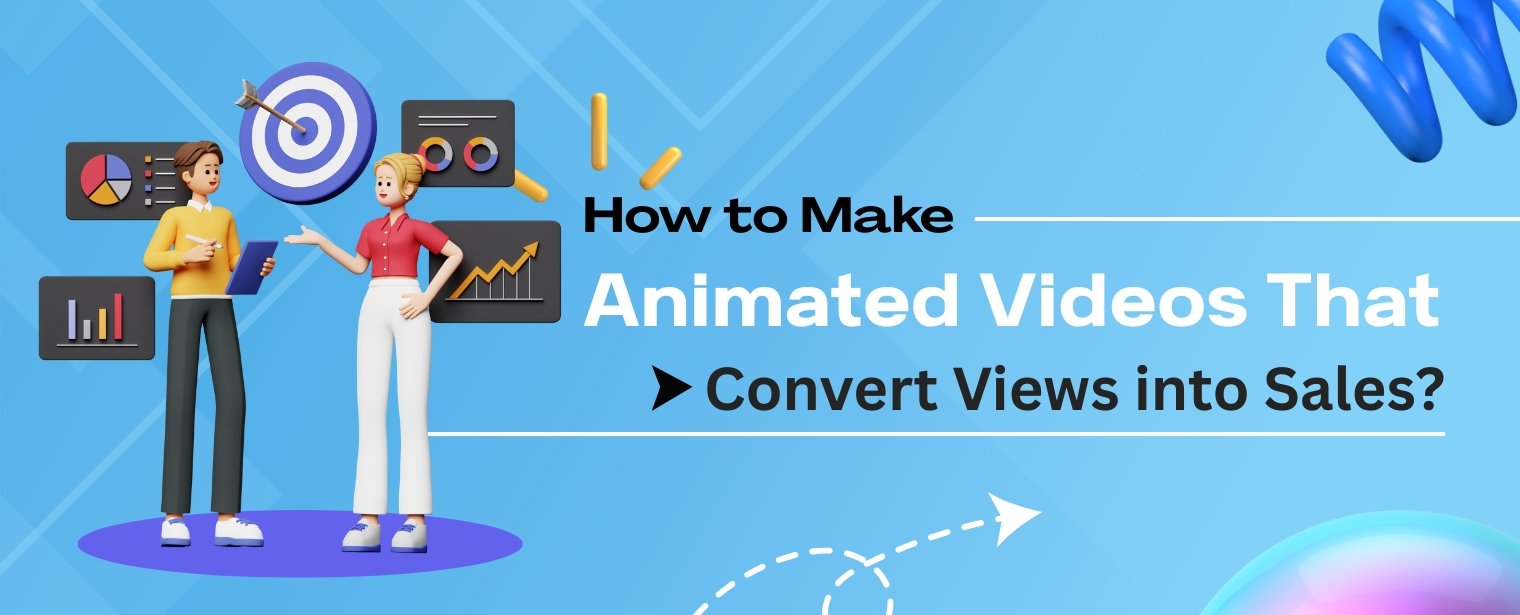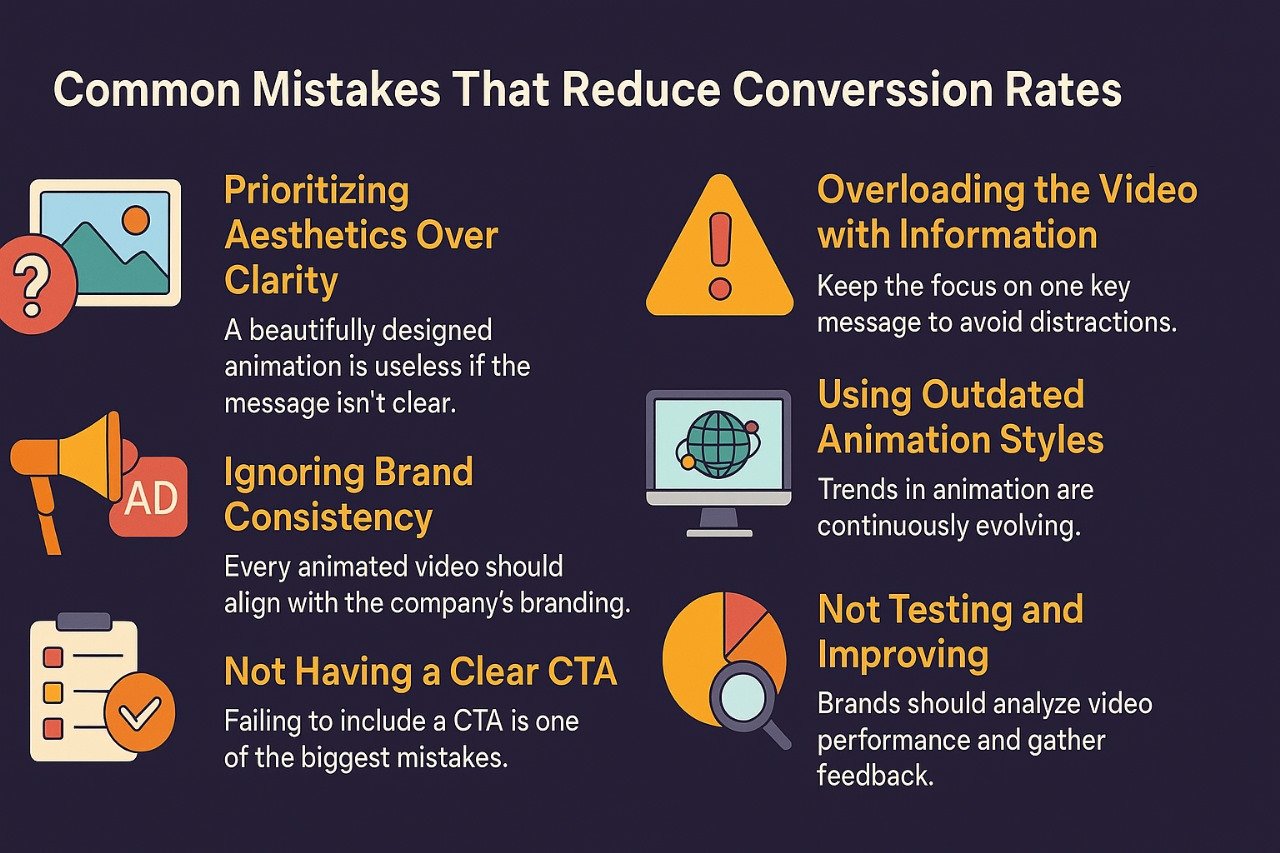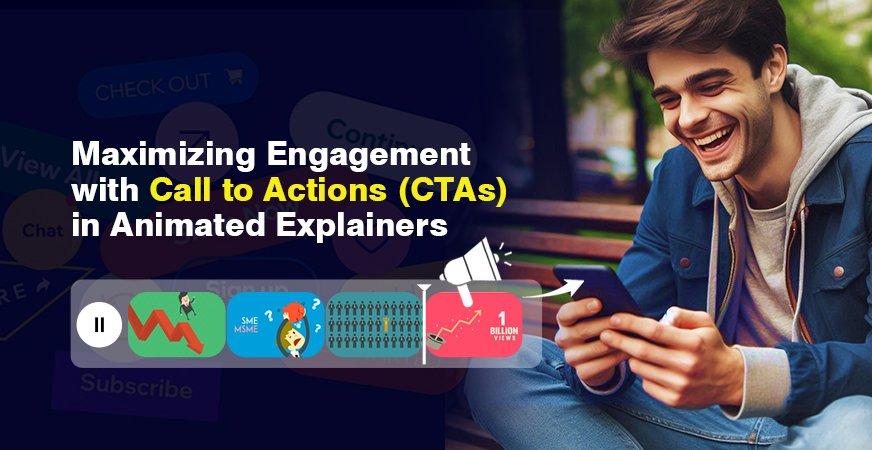Introduction: The App User Experience Challenge
Most apps today offer many features. But users don’t have time to explore everything on their own. They need quick, clear guidance to understand how your app works. Text manuals, long FAQ pages, or static images no longer help. These methods confuse more than they clarify. This is where animated character videos make a real difference.
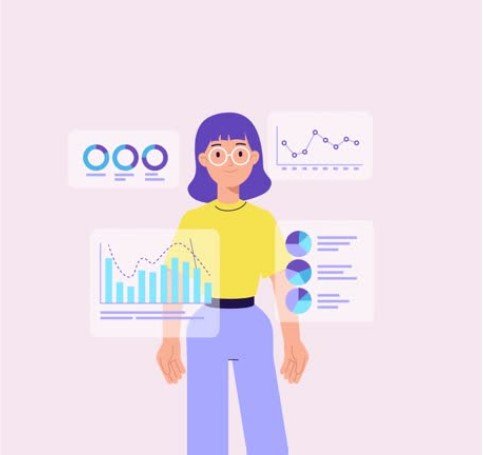
Instead of explaining features through text, you show them in action. Users watch a friendly character perform each step. The visuals make tasks easy to follow. The character becomes the guide. Across SaaS platforms, fintech services, and edtech apps, more companies now choose animated videos for onboarding. They use them inside apps, on the Play Store, or in help sections. These videos help people understand the app quickly and without frustration. In short, animated character videos act like a personal assistant for your users, one that works 24/7.
Why Animated Character Videos Work for Feature Explainers
People remember stories better than facts. That’s not just opinion; it’s backed by Mayer’s Cognitive Theory of Multimedia Learning. When you explain a process using story-driven visuals and narration, people learn faster and retain more.

Now think about your app’s features. They might be technical. They might feel complicated. But if you use animated character videos, you can explain every feature as a simple, human action.
Characters help in two big ways:
- They humanize your instructions. Instead of showing a menu or button alone, a character shows what action to take. Users relate to the character and follow easily.
- They simplify complex flows. Features like payment cycles or dashboard settings become clear when shown step by step with animations.
Your video also speaks in your brand’s tone. A friendly, professional, or energetic character builds trust. Voiceovers and subtitles make the video work in any language. According to Wyzowl’s 2024 Video Marketing Report, 84% of people say they’ve learned better by watching explainer videos than by reading text instructions. In simple words, animated character videos make your users feel guided, not taught.
Use Cases Across Industries
Let’s see how different industries use animated e-learning videos with characters to simplify app features:

- SaaS Apps: Companies like Freshworks and Monday.com use short 2D character animations to guide users during onboarding. A character shows how to create projects, manage dashboards, and set up workflows step by step.
- Fintech Apps: Platforms like Cred and Paytm explain UPI setup, payment processes, and account security using animated videos. Characters remove fear from financial transactions by explaining each action visually.
- Healthcare Apps: In apps like Practo, patients can see how to book doctor appointments, upload prescriptions, or track reports. An animated character walks through each process in simple scenes.
- Edtech Apps: Byju’s uses animated e-learning videos to explain how to select courses, track progress, and schedule learning sessions. Students find the app less intimidating when friendly characters explain where to tap and swipe.
In all these cases, companies reduce helpdesk requests and improve feature adoption using animated character videos. The process feels easy because it looks easy.
How Animated Character Videos Improve Key Metrics
App developers care about numbers: retention rates, feature usage, and churn rates. Using animated videos impacts all these metrics directly.
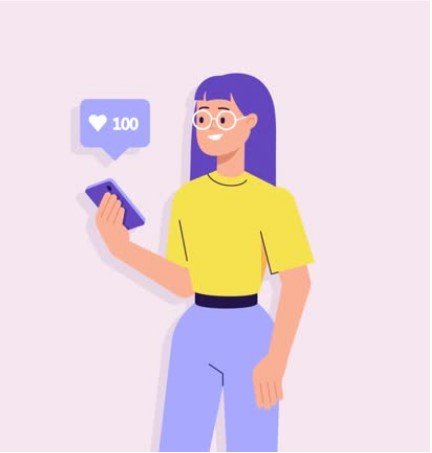
- Lower First-Week Churn: Studies show that 20% of app users uninstall within the first week. When guided by animated explainer videos, users understand key functions quickly. This leads to higher first-week retention.
- Higher Feature Adoption: People tend to use more features when they know how to access them. A good animated character video increases the adoption rate of secondary app features by 30-50%, according to data from Wistia’s engagement analytics.
- Better Engagement Rates: Users are more likely to watch a video than read a tutorial. Animated videos keep viewers engaged 2–3 times longer than static or talking-head videos.
- Improved Knowledge Retention: Learning industry studies confirm that animation leads to 65–80% better information retention compared to plain text or images.
By using animated e-learning videos, companies ensure users not only understand features but also remember how to use them. In other words, animated character videos convert app users into confident app users.
Production Insights: What Makes These Videos Effective
Not every animated character video works equally well. Some videos connect better with viewers because they focus on simplicity and clarity.
Here’s what makes a video effective:
- Simple, relatable characters help users focus on the task, not on flashy design. Facial expressions and simple hand gestures make instructions clear without words.
- Voiceovers in a friendly, brand-matching tone guide users gently. A soft, clear voice builds trust. Subtitles or voiceovers in regional languages help reach a wider audience.
- Keep it short. 60 to 90 seconds is ideal for one feature or process. Short videos respect the user’s time and attention span.
- Use professional tools like Vyond, Adobe Animate, and After Effects for smooth, brand-aligned animations.
Most app startups prefer working with specialized studios or agencies. These teams know how to create animated e-learning videos that blend clear messaging with appealing design. They also ensure consistency across multiple videos in the same app.
Scalability & Cost Benefits for App Startups
Unlike live-action explainer videos, animated character videos scale easily.

Once produced, the same video works across platforms. You can use it:
- Inside the app (as onboarding guides)
- On YouTube (for public education)
- In helpdesks (to reduce support tickets)
- On social media (to attract and inform users)
When you update a feature, you don’t need to re-shoot the video. Simple edits to the animation and voiceover do the job. This flexibility saves both time and budget. Localization is also cheaper. Translating voice-overs or adding subtitles costs less than filming new versions for each market. Many SaaS firms in India and globally have seen success with this approach. For example, Freshworks reused its animated onboarding videos across its app, website, and customer success platform, cutting support queries by 22% within six months. Animated videos give startups a powerful, affordable way to deliver consistent training at scale.
Conclusion: Why Animated Character Videos Should Be Part of Every App’s UX Strategy
Your users want clear, quick guidance. They want to know what your app can do without digging through manuals or FAQs. Animated character videos solve this problem.
They simplify complex features, reduce confusion, and help users learn faster. With e-learning videos, your app can:
- Lower drop-off rates
- Increase feature adoption
- Improve the overall user experience
For app startups, investing in animated videos early brings long-term rewards. One video can work across onboarding, support, and marketing channels, saving both time and budget. To get the best results, work with a professional animated video production company. They can help you design videos that match your brand voice and user needs. In a crowded app marketplace, a friendly animated character might just be the guide your users remember.
FAQs

1: Are animated character videos suitable for technical apps?
Yes. Characters simplify complex steps and help explain technical flows in a relatable way.
2: Can I use the same video in different languages?
Absolutely. Voiceovers and subtitles make localization simple and affordable.
3: What is the ideal video length for app feature explainers?
60 to 90 seconds per feature keeps users engaged and focused.
4: How do animated videos affect app support tickets?
They reduce support queries by guiding users clearly, which lowers the helpdesk load.
5: Should I hire an agency or create videos in-house?
For best quality and consistency, partnering with a professional animated video production company is recommended, especially for startups without an in-house design team.


